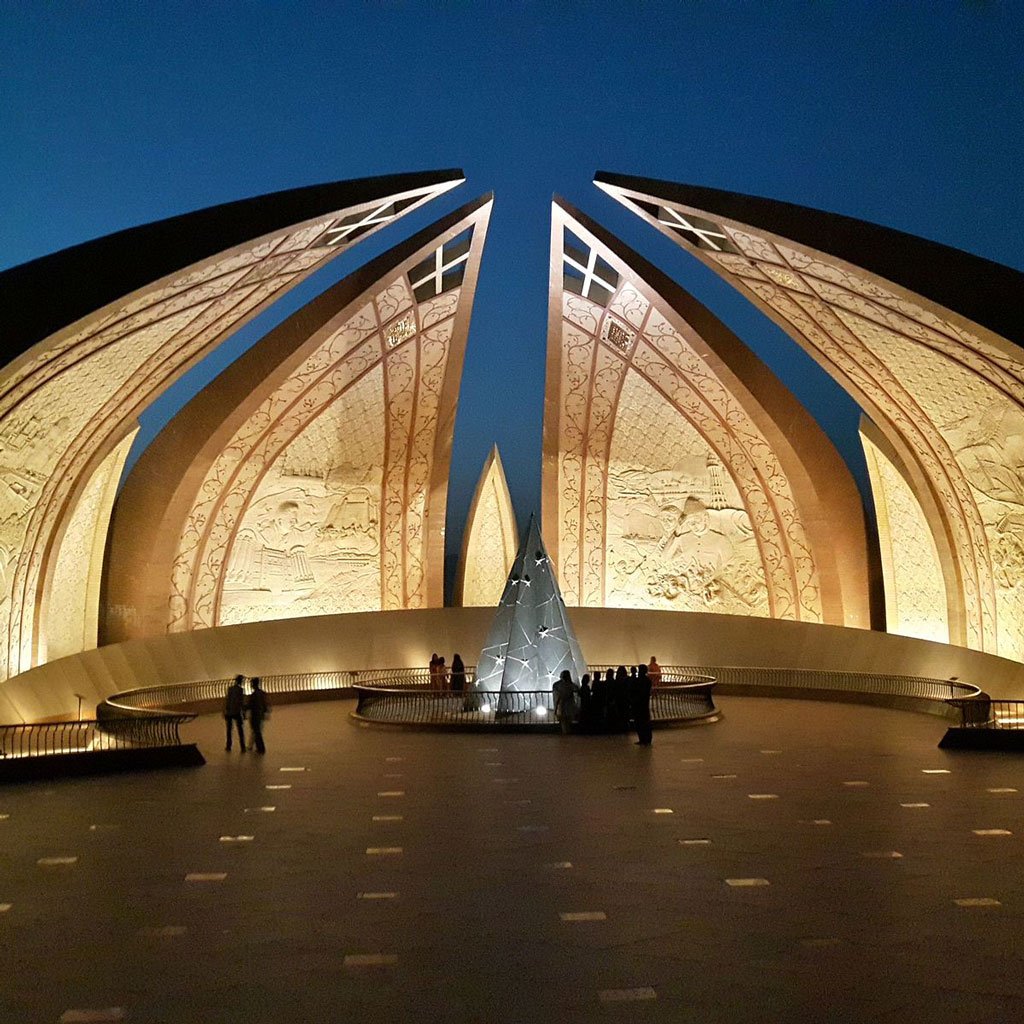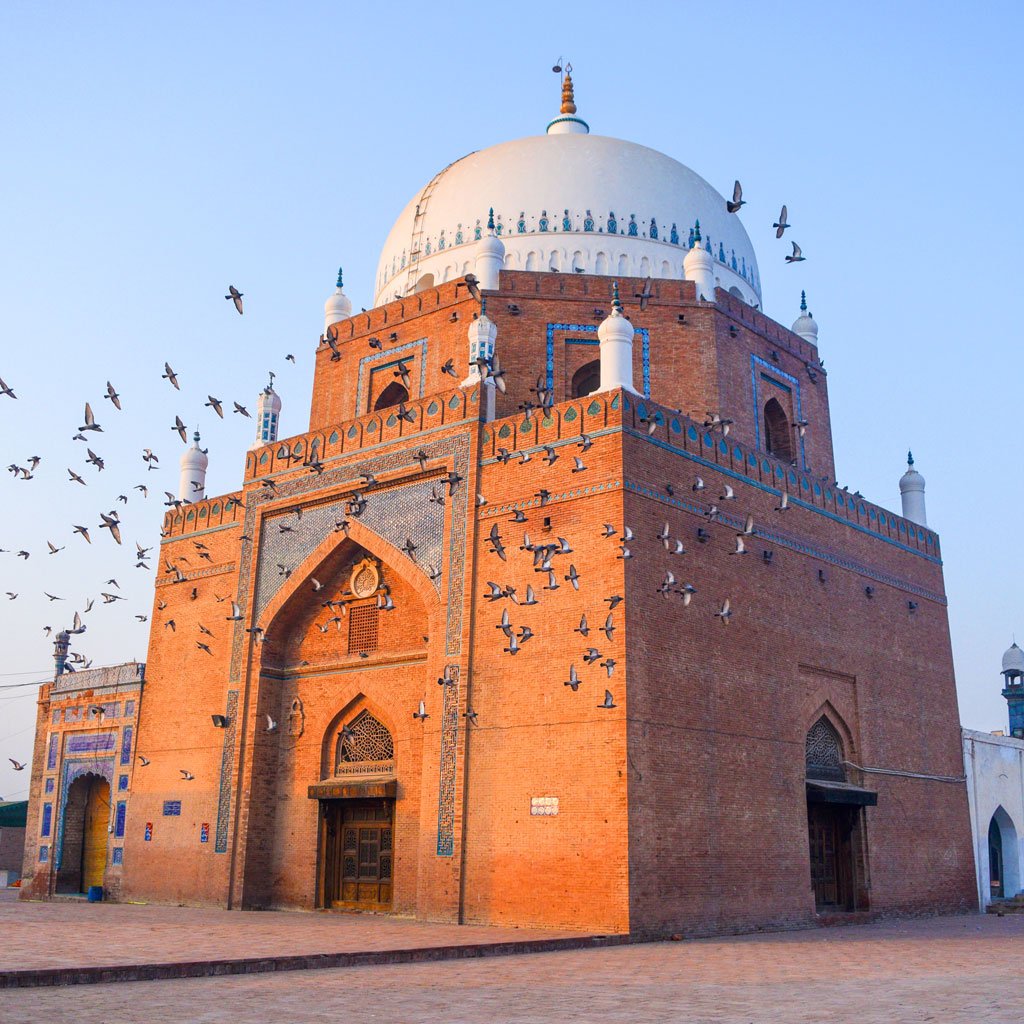In the heart of South Asia, a fascinating history is etched into the landscape of Pakistan. A blend of ancient civilizations, religious heritage, and diverse cultures has given rise to an array of historical landmarks that bear testament to a compelling journey through time. As we embark on this virtual tour of Pakistan’s past, we’ll unearth the stories of human ingenuity and cultural richness hidden within these relics.

Mohenjo-Daro: A Peek into Ancient Civilization
Our journey starts with the archaeological wonder of Mohenjo-Daro, nestled in the southern province of Sindh. A testament to the grandeur of ancient human civilization, Mohenjo-Daro was one of the major urban settlements of the Indus Valley Civilization, dating back to 2600 BCE.

Today, the ruins of this once bustling city provide an intriguing glimpse into an ancient society. Noteworthy structures like the Great Bath, a well-preserved public water tank, suggest that this civilization had remarkably advanced city planning and architectural capabilities for their time. The intricate drainage systems and granaries found across the city echo the same narrative of a sophisticated society.
Multan: The City of Saints
Continuing our historical journey, we traverse north to the city of Multan. As one of the oldest cities in the Asian subcontinent, Multan carries the moniker ‘City of Saints’ due to its unique array of tombs and shrines.

Among the myriad of spiritual landmarks, the stunning shrine of Bahauddin Zakariya is a significant attraction. Built in the 13th century, this shrine showcases an impressive blend of Islamic and local architectural styles. The tomb’s impressive blue dome, intricate tile work, and the overall ambience of tranquility make it a fascinating spot for both historical and spiritual exploration.
Next to it, stands the striking Tomb of Shah Rukn-e-Alam. Built between 1320 and 1324 CE, this mausoleum is considered an architectural masterpiece of its era. The monument’s rich history and its beautiful, detailed craftsmanship draw history enthusiasts and spiritual seekers alike from across the globe.
Lahore: The Heart of Mughal Heritage
Our historical journey through Pakistan now takes us to Lahore, a city synonymous with the grandeur of the Mughal era. Lahore, fondly known as the “Heart of Pakistan,” has long been a cultural and historical epicenter, providing glimpses into epochs long past with its stunning monuments and historical sites.

The Lahore Fort, a UNESCO World Heritage site, is a testament to the city’s rich Mughal legacy. Spanning over a vast area, this architectural masterpiece consists of palaces, gardens, and beautifully embellished mosques. Structures like the Sheesh Mahal (Palace of Mirrors) are particularly noteworthy, offering a peek into the luxurious royal lifestyles of the Mughal era.
Just a stone’s throw away from the fort is the Badshahi Mosque, one of the most iconic symbols of Lahore. Built in the 17th century by Emperor Aurangzeb, it’s known for its grandeur and stunning architectural style that fuses Persian and Central Asian influences. Its red sandstone exterior, massive courtyard, and detailed ornamentation make it a must-visit landmark.
Taxila: Unearthing Buddhist Heritage
Beyond Lahore, towards the northwest, lies the ancient city of Taxila. It’s an archaeological site that predates the advent of the Christan era and holds profound historical and religious significance. Known for its Gandhara art, the city was once a thriving center of Buddhism.

The remains of the city include stupas, monasteries, and sculptures that exhibit the distinct Gandhara art style—a blend of Greco-Roman and traditional Indian art. One of the most iconic sites in Taxila is the Dharmarajika Stupa, an important Buddhist shrine that was once a hub for monks and pilgrims.
Peshawar: A Gateway to the Ancient World
Next on our journey through time is Peshawar, one of the oldest cities in the world, and a significant part of the ancient Silk Road. This city is a testament to the countless civilizations that have left their mark here, from the Mughals and the Persians to the Greeks and the Mauryas.
The Peshawar Museum is particularly noteworthy for history enthusiasts. Housing over 14,000 items ranging from Gandharan sculptures, Mughal artwork, ancient manuscripts, and coins, the museum provides a comprehensive understanding of the region’s rich past.

One of Peshawar’s most recognizable landmarks is the Qissa Khwani Bazaar. Its name, meaning “storytellers’ market,” is a nod to the historical tradition of traders and travelers exchanging tales in this bustling marketplace. Today, the bazaar remains a vibrant center of activity, teeming with aromatic spices, colorful textiles, and gleaming handicrafts that are as evocative as the stories it has witnessed.
Karachi: The Modern Metropolis with a Historic Heart
Our journey concludes in the vibrant city of Karachi, the economic powerhouse of Pakistan. But amid its bustling streets and towering skyscrapers, the city’s historic landmarks tell tales of the colonial era.
The Frere Hall, built during the British colonial rule in the 19th century, is one of the most significant historical sites in Karachi. The splendid structure, characterized by its Venetian-Gothic architecture, was named after Sir Henry Bartle Edward Frere, a prominent British colonial administrator.

Equally compelling is the Quaid-e-Azam House, also known as Flagstaff House. This historic building, which served as the home of Pakistan’s founder, Muhammad Ali Jinnah, now operates as a museum, preserving a wealth of artifacts related to Jinnah’s life and the country’s journey to independence.
Conclusion
Pakistan’s historical landmarks narrate a fascinating journey through time. Each site, from the ancient ruins of Mohenjo-Daro to the colonial edifices of Karachi, carries unique stories of the civilizations that rose, thrived, and left their indelible marks on these lands. Exploring these sites offers a deeper understanding of the country’s rich heritage and the diverse influences that have shaped its culture and identity.

Elevate your airport journey with our chauffeur service from/to Dallas/Fort Worth International Airport. Experience premium comfort and professionalism as our skilled chauffeurs ensure a seamless ride. Book now for a stylish and timely travel encounter that prioritizes your needs.